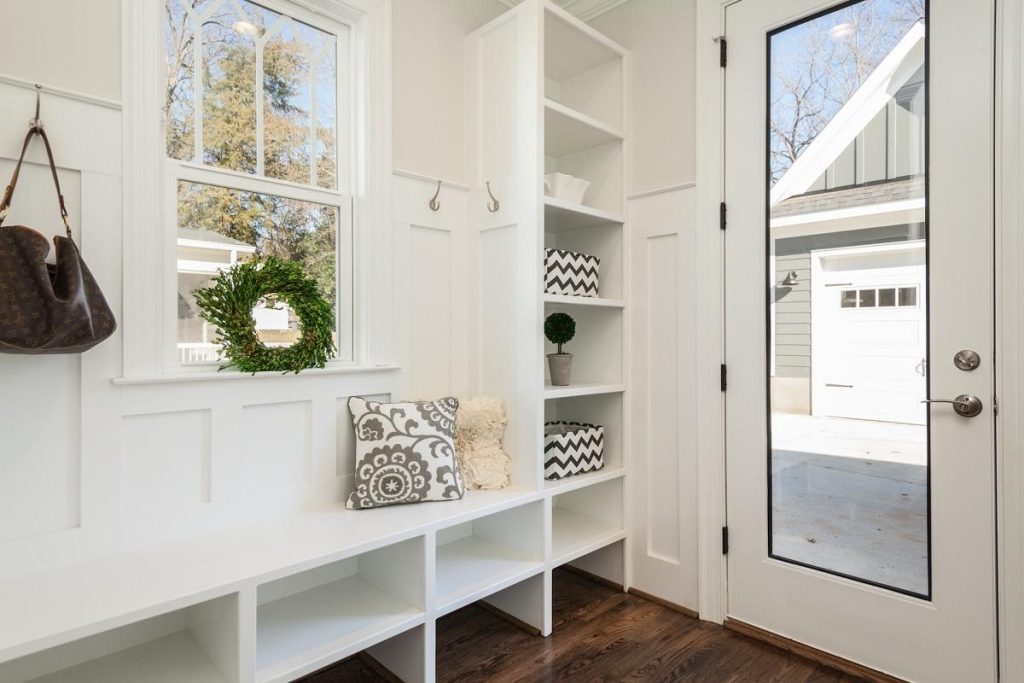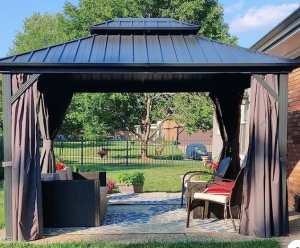Maximizing Natural Light Enhancing Your Home’s Ambiance

Natural light has a remarkable impact on the ambiance of your home. It can make spaces feel more inviting, energizing, and even spacious.
The benefits extend beyond aesthetics, as natural light can also positively affect your mood and well-being.
In this article, we will explore various ways to maximize natural light in your home, allowing you to create an environment that promotes comfort, productivity, and an overall sense of well-being.
Table of Contents
The Importance of Natural Light
Before delving into the strategies for enhancing natural light in your home, let’s understand why it matters.
Natural light is not just a design choice; it’s a fundamental element that can significantly influence the way you experience your living spaces. Here are some reasons why it’s essential:
1. Health and Well-being
Exposure to natural light has been linked to numerous health benefits, including improved mood, better sleep quality, and enhanced vitamin D production.
It can also help regulate your circadian rhythm, contributing to a more balanced sleep-wake cycle.
To optimize natural light while maintaining privacy, consider installing effective honeycomb blinds, a versatile window treatment option.
2. Energy Efficiency
Maximizing natural light can reduce your reliance on artificial lighting during the day, leading to lower energy bills.
Additionally, the heat from the sun can naturally warm your home in the colder months, reducing the need for heating.
3. Aesthetic Appeal
Natural light can enhance the beauty of your interior spaces by highlighting colors, textures, and architectural details.
It creates a dynamic interplay of light and shadow that adds depth and character to your home.
4. Productivity and Creativity
Well-lit spaces tend to promote productivity and creativity. Whether you’re working from home or pursuing artistic endeavors, ample natural light can inspire and energize you.
How to Maximze Natural Lighting in Your Home
Now that we understand the importance of natural light let’s explore practical ways to maximize it in your home.
1. Choose the Right Window Treatments
Window treatments play a crucial role in controlling the amount of natural light that enters your home.
Opt for sheer or light-colored curtains that allow light to filter through while maintaining privacy.
Alternatively, consider blinds or shades that can be adjusted to control the angle and intensity of sunlight.
If you prefer a minimalistic look, go for window treatments that can be easily pulled aside, such as roller blinds or Roman shades.
These allow you to maximize natural light during the day and enjoy unobstructed views when desired.
If your home’s windows are in need of some attention, professional window repairs can help restore them to their optimal condition.
2. Reflective Surfaces
Strategically placing reflective surfaces in your home can help bounce natural light into darker areas.
Mirrors are a classic choice for this purpose, as they not only brighten a room but also create the illusion of more space. Consider placing mirrors opposite windows to maximize their light-reflecting effect.
Additionally, you can incorporate reflective materials in your furniture and decor.
Opt for glass coffee tables, shiny metallic accents, or glossy finishes on cabinets and countertops to enhance the overall brightness of your home.
3. Light-Colored Paint and Décor
The color scheme of your interior spaces can significantly impact how they reflect and absorb natural light.
Light-colored walls, such as whites, soft yellows, and pale blues, can make a room feel more open and airier.
When choosing furniture and décor, opt for lighter shades to maintain a cohesive and light-filled ambiance.
However, this doesn’t mean you have to eliminate all dark colors from your home. Incorporate them strategically as accents or focal points to create contrast and visual interest.
4. Skylights and Light Tubes
If you’re looking to bring natural light into areas with limited access to windows, consider installing skylights or light tubes.
Skylights are windows set into the roof, allowing sunlight to stream in from above.
Light tubes, on the other hand, capture daylight from the roof and direct it down through a reflective tube, effectively illuminating interior spaces.
These solutions are particularly useful for windowless bathrooms, hallways, and walk-in closets, where traditional windows may not be feasible.
5. Open Floor Plans and Glass Partitions
An open floor plan design can facilitate the flow of natural light throughout your home. Removing unnecessary walls and partitions allows light to move freely from one area to another.
However, if you need to separate spaces for privacy or functionality, consider using glass partitions or doors with frosted or translucent glass.
These elements maintain the visual connection between rooms while allowing light to penetrate.
6. Outdoor Spaces
Your outdoor spaces, such as patios, decks, and balconies, can also contribute to the overall natural light in your home.
Keep these areas uncluttered and use light-colored outdoor furniture to reflect sunlight back into your interior spaces.
If possible, install large sliding glass doors or windows that create a seamless transition between indoors and outdoors, allowing for maximum natural light and a feeling of expansiveness.
7. Regular Maintenance
Don’t forget the importance of maintaining your windows and glass surfaces. Clean windows allow more natural light to enter your home without obstruction.
Regularly remove dust and grime from both the inside and outside of your windows to ensure they stay crystal clear.
8. Use Light-Enhancing Accessories
In addition to architectural and design changes, consider using light-enhancing accessories to make the most of natural light.
These can include strategically placed lamps, light fixtures, and even light-colored area rugs that help brighten specific areas.
9. Consider Your Location
The orientation of your home and its location can influence the amount of natural light it receives.
If you have control over the design or location of your home, try to position it so that living areas receive ample sunlight throughout the day.
South-facing windows, for example, tend to receive the most direct sunlight, while north-facing windows provide consistent, softer light.
10. Professional Guidance
For a more comprehensive approach to maximizing natural light, consider consulting with an interior designer or architect.
These professionals can assess your home’s unique layout and characteristics and provide tailored recommendations to optimize natural light and enhance your home’s ambiance.
In conclusion, maximizing natural light in your home is not only about aesthetics but also about creating a healthy, energy-efficient, and inviting living space.
By incorporating these strategies, you can transform your home into a well-lit haven that enhances your well-being and overall quality of life. Embrace the beauty of natural light and let it shine through every corner of your living space.





